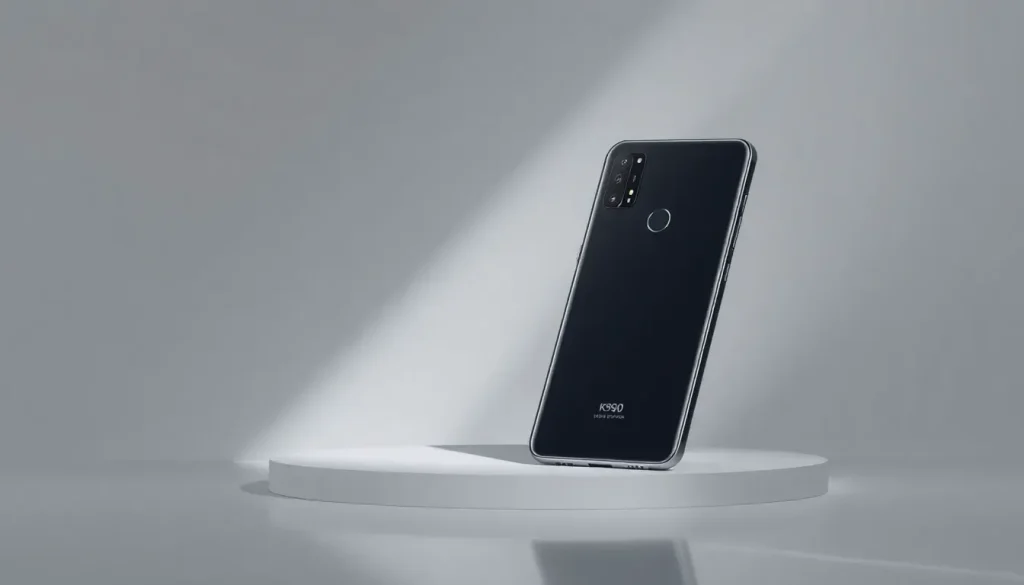Xiaomi attributes K90 pricing issues to flash storage and offers discount

The smartphone market is a dynamic and ever-evolving landscape, where companies must adapt to changing costs and consumer demands. Recently, Xiaomi has found itself in a heated discussion regarding the pricing of its new Redmi K90 smartphone lineup. The company's president, Lu Weibing, has attributed the price hikes to increasing storage costs. However, this assertion has raised eyebrows and sparked debate among consumers and industry analysts alike.
Xiaomi's Perspective on Global Supply Chain Issues
In a recent post on Weibo, Lu Weibing expressed that Xiaomi "cannot change the trend of global supply chains, and the rise in storage costs is much higher than expected and will continue to increase." This statement highlights the broader issues affecting the tech industry, particularly those related to supply chain management.
Indeed, the semiconductor industry has been facing significant challenges. A report from Taiwan's Economic Times noted that major NAND manufacturers, including industry giants like Samsung and Micron, have implemented production cuts ranging from 10 to 15 percent in the first half of 2025. Such reductions can lead to increased prices for consumers, as supply struggles to meet demand.
However, it's worth noting that Xiaomi sources its flash storage from multiple vendors, which should theoretically mitigate the risk of a price spike from any single supplier. Therefore, while the general trend of rising costs may be true, the impact on Xiaomi specifically might not be as severe as implied.
The Current State of Flash Storage Pricing
According to data compiled by DRAMeXchange, a 256Gb TLC UFS 4.1 flash storage wafer currently averages about $2 per unit. While this price reflects a notable increase, it's essential to remember that the cost of a wafer does not directly translate to the final price consumers pay for flash storage in devices.
In the context of the Redmi K90 series, another significant cost factor is the Qualcomm Snapdragon 8 Elite Gen 5 system-on-chip (SoC). Reports indicate that the pricing for this component ranges between $240 and $280, which represents a major expense for Xiaomi, especially when combined with DRAM costs. This leads to the question of whether storage costs are the primary factor behind the price hikes.
Price Adjustments and Consumer Reactions
Recently, Lu Weibing announced a price reduction of 300 yuan ($42) on the 12GB + 512GB version of the Redmi K90. He stated that this version represents the highest demand among users and that the company decided to implement the discount within the first month of sales. This move raises several important points about Xiaomi's pricing strategy.
- Initial Pricing Strategy: The decision to lower the price shortly after launch suggests that Xiaomi may have overestimated the initial price point.
- Consumer Trust: Frequent price adjustments can undermine consumer confidence in a brand. If Xiaomi could afford this discount from the start, why wasn't it implemented earlier?
- Market Competition: With numerous competitors vying for consumer attention, maintaining a competitive pricing strategy becomes crucial.
Understanding the Pricing Dynamics in the Smartphone Market
The smartphone market is characterized by fierce competition, with brands continuously seeking to optimize their pricing strategies to attract consumers. The interplay between production costs, supply chain logistics, and consumer demand plays a pivotal role in shaping these prices.
Several factors complicate this landscape:
- Component Costs: The costs of key components like chips and storage can fluctuate significantly based on market conditions.
- Global Supply Chains: As highlighted by Lu Weibing, global supply chain disruptions can impact pricing across the board.
- Consumer Expectations: Consumers often expect high-quality features at competitive prices, putting pressure on manufacturers to balance costs with perceived value.
The Broader Implications for Xiaomi and Similar Brands
Xiaomi's recent pricing adjustments highlight the difficulties of navigating a complex market landscape. As the company faces pressure from both rising costs and consumer expectations, the implications extend beyond just the Redmi K90 series. Other brands may also find themselves grappling with similar challenges as they attempt to maintain profitability while meeting customer demands.
For Xiaomi, the path forward may require a reevaluation of its pricing strategies, supply chain management, and product offerings. The company must consider:
- Innovation: Investing in new technologies and features that can provide added value to consumers.
- Transparent Communication: Ensuring clear communication with consumers regarding pricing changes and the factors influencing them.
- Market Research: Continuously monitoring market trends and consumer preferences to adjust strategies accordingly.
As the smartphone industry evolves, companies like Xiaomi will need to adapt to changing conditions and consumer expectations to remain competitive and successful.




Leave a Reply